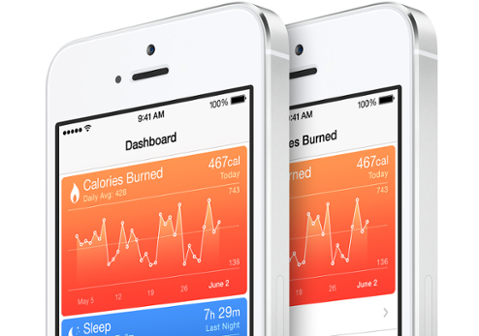Apple’s iWatch: What's the Point?
In the past few days, the Apple “iWatch” has transformed from vague rumor to a device rocketing toward full production. A new report from Bloomberg claims that a team of “about 100 product designers” is hard at work on a “wristwatch-like device that may perform some of the tasks now handled by the iPhone and iPad.” In a further sign that the project is far beyond the drawing-board stage, that team reportedly includes managers, engineers with experience in Apple devices, and members of the marketing group. Bloomberg drew its information from two unnamed people “familiar with the company’s plans.” Bloomberg isn’t the first news service to report on an Apple timepiece, although other sources have suggested the project is still in an experimental phase. Unnamed sources “familiar with the company’s explorations” told The New York Times Feb. 10 that Apple was tinkering with “wristwatch-like devices made of curved glass.” Tech-centric publications, hungry for boosted readership, have made a cottage industry of sorts out of reporting Apple rumors—but the actual sourcing for many of those stories is notoriously thin. If the rumors are true, and Apple is indeed hard at work on a newfangled timepiece, what unique features could such a device offer a public already overloaded with all sorts of handheld devices? Answer that question, and you’re perhaps one step closer to figuring out why Apple—again, if the rumors are true—decided to devote millions of dollars and the precious hours of some very smart people in the effort. An iOS Interface: Millions of people own iPhones and iPads, tucked away in bags and pockets. As suggested by the Times, an “iWatch” could give those iOS owners a way to check messages or calls without needing to retrieve their device (“Hold on, wait, I thought it was in my pants pocket—no, it’s my jacket pocket”) and switch it on—a useful feature. It’s unlikely that such a feature would be enough to convince millions of people to plunk down hundreds of dollars for a watch—aside from the diehards who turn out at every product launch, begging the blue-shirted employees at the Apple store to take their money. But it’s certainly something that an “iWatch” would feature. Siri: A timepiece can’t feature much of a screen. Integrating the Siri assistant into any “iWatch” could be a crucial part of making it fully functional. That also raises the prospect of millions of people walking around yelling at their wrists, like lunatics trying to imitate Dick Tracy. Mapping: With integrated GPS, an “iWatch” could double as a navigation device, directing wearers from Point A to B. Timepiece-Specific Apps: If Apple opens “iWatch” software to third-party developers, it could lead to an explosion in apps designed specifically for the hardware. A timepiece probably isn’t the Next Big Gaming Platform, but some genius probably has a couple ideas in mind for the Next Great App. Biometrics: Apple has already tiptoed into this area, joining forces with Nike on the Nike+ sensor that (when partnered with an iPod) tracks workouts. Depending on its design, an “iWatch” could also act as a combination pedometer and heartbeat monitor, feeding all sorts of vital information to the wearer. That could broaden its appeal to exercise freaks. Mobile Payments and Passwords: Certain smartphones pair NFC (near-field communication) technology with “digital wallet” software, allowing their owners to pay for goods by bringing their mobile device in proximity with a sensor. An “iWatch” could further streamline this drive toward frictionless payments. In that vein, the timepiece could also serve as another element in two-factor authentication—why ask your cloud provider to text a four-digit code to your phone, so you can access your email, when you can simply display that code on your wrist via an app? Even if Apple incorporates all these features (and more) into a timepiece, it still faces sizable engineering questions: how long could such a device carry a charge, especially considering how people don’t expect (or want) to plug in their watches once a day? If it runs iOS, would that fragment Apple’s mobile ecosystem still further? But at this point, that sort of thing is largely conjecture—as with most things Apple, it’s now a waiting game to see what the company will finally reveal. Image: Leojones/Shutterstock.com


